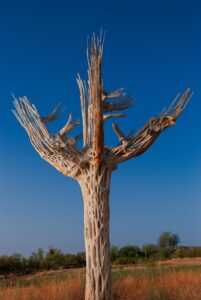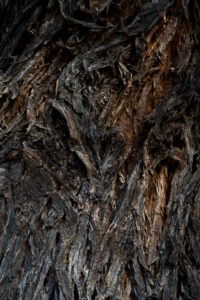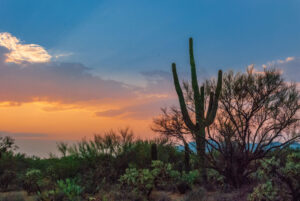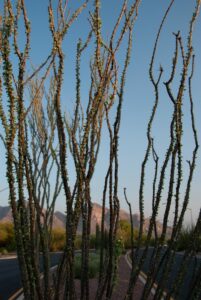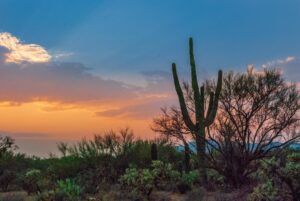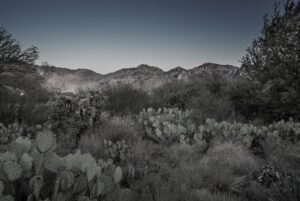Vistoso – a work in progress
I’ve been documenting a 200-acre section of Sonoran Desert near Tucson, Arizona that winds through a residential area made up mostly of single-family homes. From 1995 until about 2010 this property operated as one of many golf courses in the Tucson area. As a result of over-supply, decreasing demand, and high water costs the public golf course went bankrupt and ceased operations. Ownership fell to the speculative real-estate company which had granted a loan to the golf course in an attempt to finance its continued operations. For the past several years the future status of the property was uncertain. Various proposals included re-establishing the property as a golf course, re-zoning and developing large portions of the property for additional single and multi-family housing, and setting aside the property as a nature preserve. Through a complex process that involved multiple groups of stakeholders the property was ultimately set aside as a nature preserve.
One thing that fascinates me about this land is of course its natural beauty. Additionally, I see this most recent ownership resolution as simply one more link in a chain of contestation that pre-dates Spanish colonial presence in the American southwest. For centuries these 200 acres and similar tracks of land throughout the southwest have been, to varying degrees, claimed by successive, disparate groups of different races and nationalities. Throughout time successive groups of people have, in admittedly very different ways, depended on this land for their identity. In this respect, the winners of this most recent contest are no different than any of the previous sequence of inhabitants. However, the financial, legal, and political environment that defined this most recent contest yielded a fundamentally different sort of conflict than previous contests over the same property.
This specific piece of property can be used as a lens that in turn provides an entry point to a set of questions regarding for example, the successive interests (both historic and contemporary) which sought possession of this land, the manner in which that possession was contested, the communities which have and currently reside on such property, the connections within those communities, and the connections, or lack thereof between those communities and the land they inhabit.


